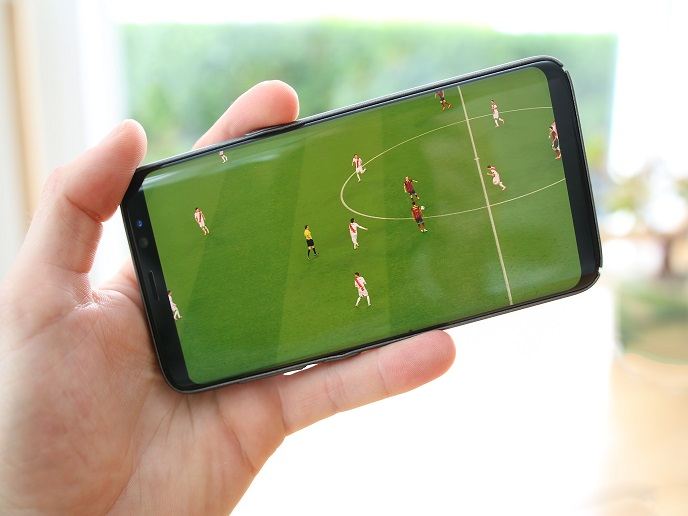Streaming structured content using the new standard MPEG-21
As the number of users with broadband access to the Internet grows, streaming media content, such as audio, becomes an ever more attractive market. As broadband technology evolves to offer increased bandwidth this will become a means for delivery of more bandwidth-consuming content, such as movies. The EU-funded MUFFINS project uses the MPEG-21 standard to create a framework for distributing such content that comprises all steps from creation, through marketing and distribution, to consumption. MPEG-21 is an emerging standard that sets out to address all of these issues using the basic unit of "Digital Item". Digital Items are structured digital objects, including a standard representation, identification and metadata. The files that represent, for example, the music on a CD also include the information from the leaflet included with the CD, including the copyright notice. This metadata is embedded in a way that prevents any illegitimate use of the content. In addition to content protection and the delivery of additional information to retailers and consumers, the framework can also help retrieve a particular item on a network, using the metadata embedded in MPEG-21. This includes information such as the type of content, its duration, artist and/or track names, and types of legitimate usage. This project team has therefore succeeded in developing a framework that can integrate content of different types and from different vendors. This content can be flexibly distributed, even by unlicensed users, but only consumed by licensed users. The content is presented to the user in a transparent, integrated way, whether it is held locally or remotely, or is streamed or broadcast.







